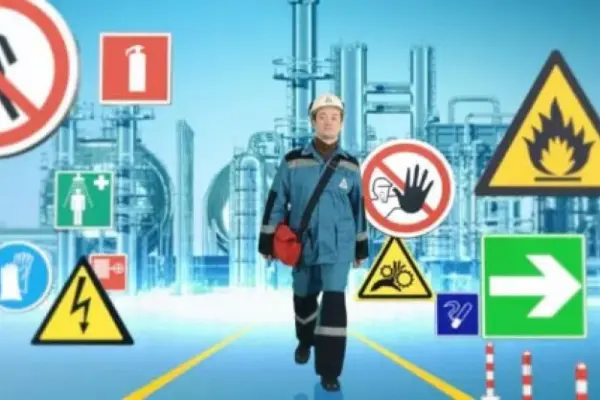Construction remains one of the most hazardous industries in 2025. According to the International Labour Organization, approximately 60 million accidents occur on construction sites annually. Safety standards on construction sites are critically important for preserving workers' lives and health. Modern construction safety practices require a comprehensive approach, encompassing both technical solutions and a culture of safety.
In Europe, the fatality rate on construction sites is 3.5 per 100,000 workers. This is a result of strict adherence to Directive 92/57/EEC on temporary construction sites, which establishes a clear chain of responsibility among all project participants. Construction site safety is not just a formality but a vital necessity. The cost of a basic set of personal protective equipment (PPE) for one worker is approximately $100–125, significantly less than the potential losses from injuries.
Investments in construction site safety pay off within the first year. Every dollar spent on occupational safety saves companies $4 to $6 in potential costs from injuries.
Key Requirements for Construction Site Organization
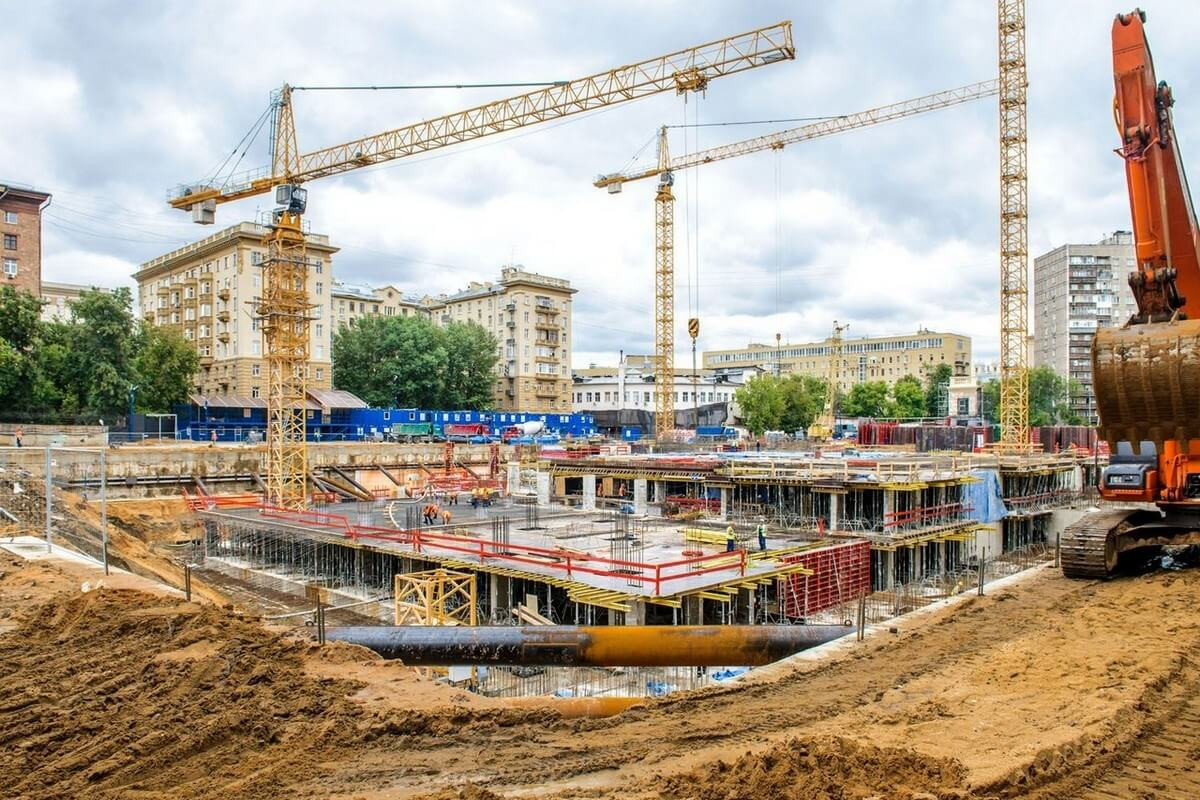 Preparing a construction site begins long before the first hammer strike. Can you imagine a construction site without a clear safety plan? Organizing construction site safety requires meticulous planning and compliance with international standards. In a recent project in Warsaw, poor planning led to a 30% increase in injuries, costing the contractor an additional $37,500 in insurance payouts.
Preparing a construction site begins long before the first hammer strike. Can you imagine a construction site without a clear safety plan? Organizing construction site safety requires meticulous planning and compliance with international standards. In a recent project in Warsaw, poor planning led to a 30% increase in injuries, costing the contractor an additional $37,500 in insurance payouts.
Site Fencing and Layout
The site must be cleared and planned in accordance with international safety standards, such as ISO 45001:2018. Construction site fencing must be installed around the perimeter with a minimum height of 2.5 meters, as per global best practices. Entrances must be at least 4 meters wide to allow unobstructed passage for heavy machinery. Protective fencing in construction acts like fortress walls, safeguarding workers from external hazards.
Temporary roads are designed to withstand maximum loads. Construction site access roads must support the weight of the heaviest equipment. The turning radius must be at least 12 meters for safe maneuvering. Proper construction site preparation saves time and money.
Safety in Construction When Operating Machinery and Transport
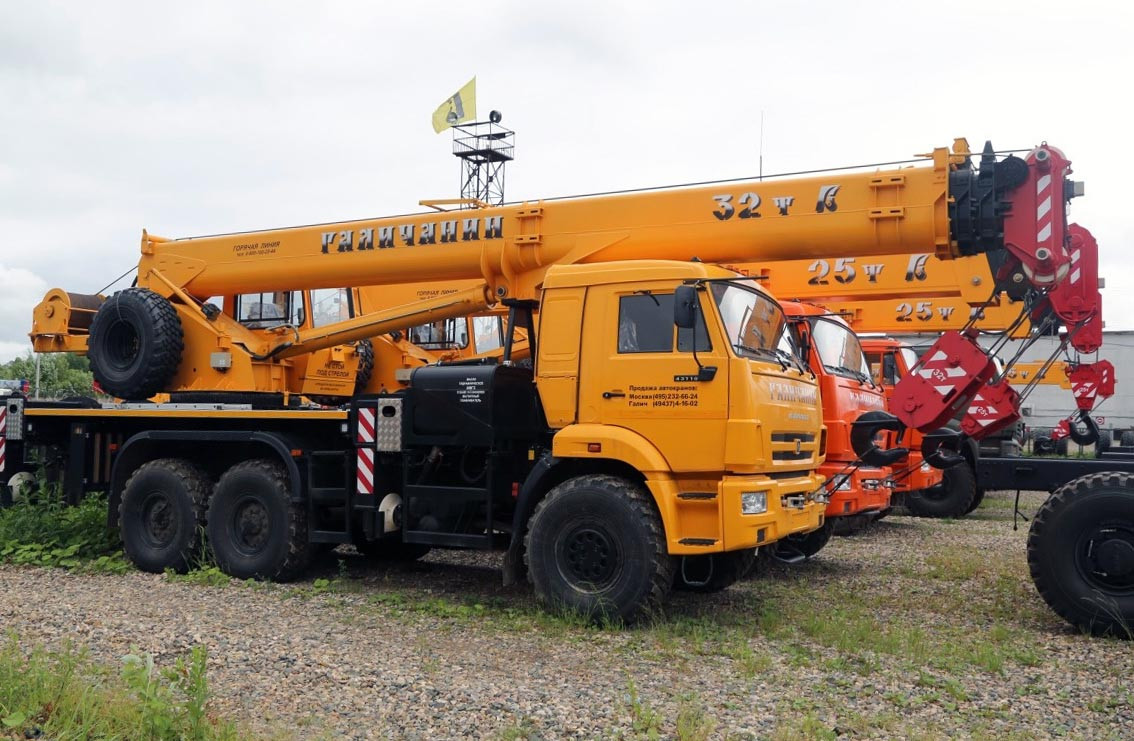 The movement of construction machinery is governed by specific regulations. The maximum speed on a construction site is 10 km/h, and 5 km/h at turns. Every heavy machinery operator must hold the appropriate license and a medical clearance.
The movement of construction machinery is governed by specific regulations. The maximum speed on a construction site is 10 km/h, and 5 km/h at turns. Every heavy machinery operator must hold the appropriate license and a medical clearance.
In one project last season, we faced issues with crane operator visibility. According to expert engineer Michael Petrenko (15 years of experience), "most machinery-related injuries stem from violations of operator visibility zones and inadequate work coordination." Appointing signalers is mandatory when operating cranes and excavators in crowded areas. It is well-known that construction site safety rules are stricter than road traffic regulations—and justifiably so.
Proper site organization saves up to 20% of material logistics time. Well-planned machinery routes reduce the risk of collisions and injuries by 40%.
Safety Rules for Construction and Installation Work
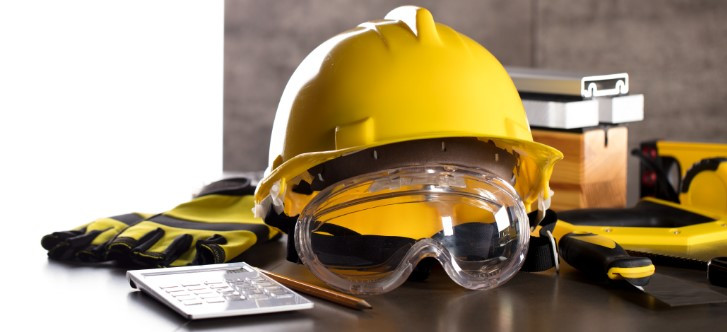 Construction site safety rules include stringent requirements for working at heights. Work at heights above 1.5 meters, per international standards, is considered high-risk. High-altitude construction work requires the use of fall protection systems.
Construction site safety rules include stringent requirements for working at heights. Work at heights above 1.5 meters, per international standards, is considered high-risk. High-altitude construction work requires the use of fall protection systems.
In practice, I often observe that underestimating risks leads to serious injuries. Every worker must be equipped with a safety harness for high-altitude work. Lifting mechanisms are operated only by trained personnel with valid certifications. Given the design features of modern cranes, operators undergo recertification every 3 years.
Construction site hazard zones must be clearly marked with bright signs. The radius of a crane’s hazard zone is determined based on the equipment’s technical specifications, accounting for the maximum boom reach, lifting height, and an additional safety buffer of 5 to 10 meters, depending on the mechanism type. Collective protective measures include safety canopies, nets, and temporary shelters for workers in hazard zones.
| Type of Work | Main Risks | Mandatory PPE | Additional Measures |
|---|---|---|---|
| High-Altitude Work | Falling from height | Hard hat, safety harness, safety boots | Fencing, safety ropes |
| Welding Work | Burns, gas poisoning | Welding mask, suit, gloves | Ventilation, fire extinguishers |
| Earthworks | Soil collapse | Hard hat, high-visibility vest, boots | Trench shoring, signaler |
| Work with Machinery | Injuries from moving parts | Hard hat, gloves, protective clothing | Fencing, emergency stop buttons |
This table helps quickly identify necessary safety measures for each type of work. Proper application of these recommendations significantly reduces the risk of injuries.
Personal Protective Equipment in Construction
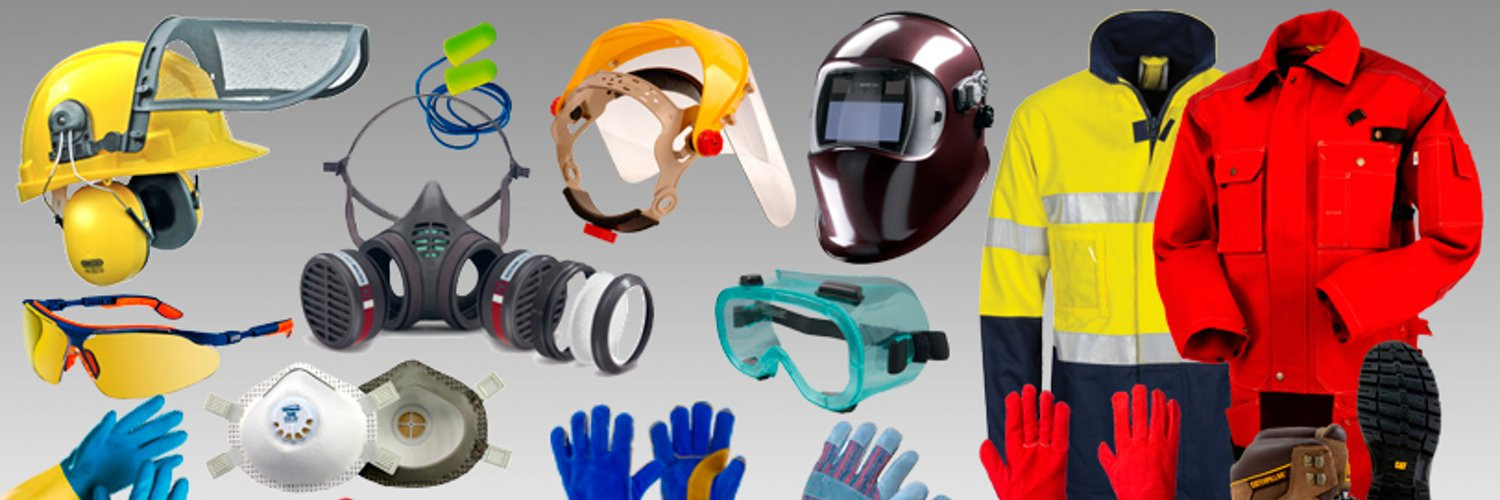 PPE for construction workers is the first line of defense against occupational injuries. The international standard ISO 45001:2018 mandates providing workers with high-quality protective equipment. In my work with private clients, I often encounter attempts to cut costs on PPE, which is unacceptable.
PPE for construction workers is the first line of defense against occupational injuries. The international standard ISO 45001:2018 mandates providing workers with high-quality protective equipment. In my work with private clients, I often encounter attempts to cut costs on PPE, which is unacceptable.
Main Types of PPE
A hard hat protects against falling objects. Modern models weigh only 300–400 grams. Construction safety footwear must include a steel toe cap and puncture-resistant sole.
It should be noted that PPE has a limited service life. Hard hats are replaced every 3 years, and workwear annually. This ensures reliable worker protection.
Protection Against Chemicals and Dust
Working with cement dust requires special attention. Respiratory protection in construction includes FFP2 dust masks for handling concrete mixtures (94% filtration efficiency) and FFP3 masks for asbestos-containing materials (99% efficiency). In my experience with private clients, these risks are often underestimated.
Chemically resistant gloves are essential when handling acids and alkalis. Safety goggles prevent aggressive substances from entering the eyes. Skin protection measures include protective creams and clothing made of chemically resistant materials. Respirator filters must be replaced every 8 hours of work or when breathing becomes difficult. Safety is not a luxury—it’s a necessity.
In one project last season, properly selected PPE prevented a serious injury. A worker fell from a height of 2.5 meters, but the safety harness worked perfectly. Without it, the consequences would have been tragic.
Electrical Safety on Construction Sites
Construction site electrical safety demands special attention. Electric shock accounts for 15% of all construction injuries. Safety regulations mandate the use of certified equipment with appropriate protective devices.
Temporary electrical wiring must use double-insulated cables with mandatory installation of residual current devices (RCDs) with a 30 mA trip current. Most electric shocks occur when working with damaged tools. Daily equipment inspections are mandatory.
Outlets and distribution panels must have a protection rating of at least IP44 for use in high-humidity conditions. All electrical equipment must be grounded in accordance with international electrical installation standards. It’s not always simple, but it’s effective.
Fire Safety on Construction Sites
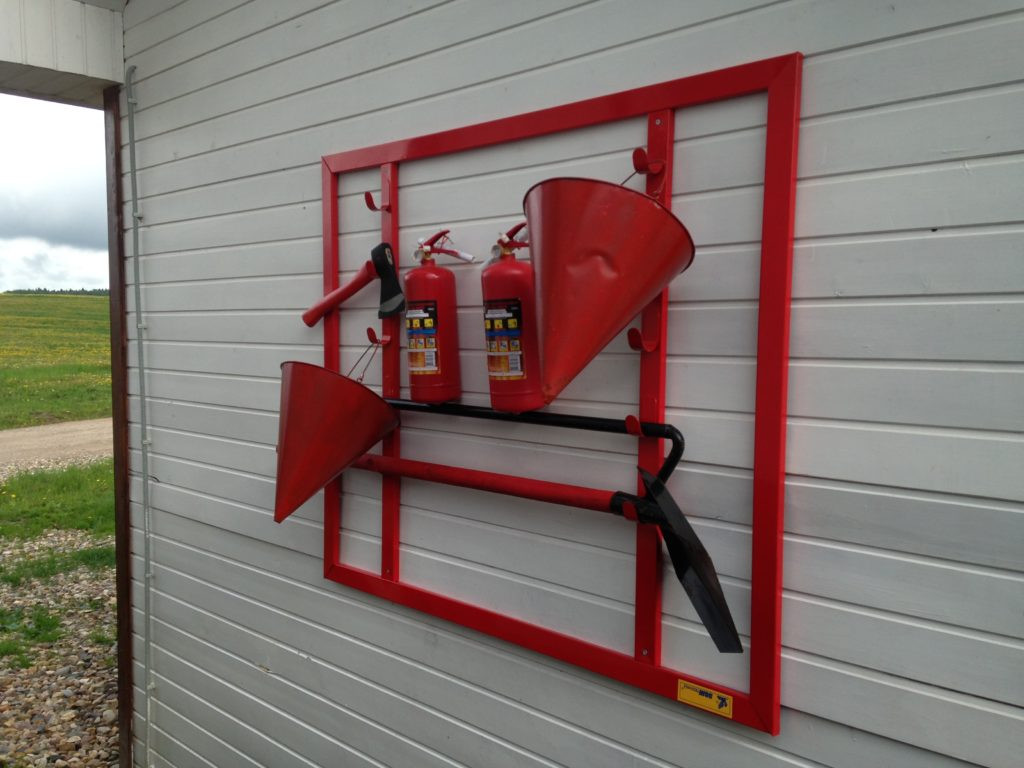 Fires account for 7% of all incidents on construction sites. Construction site fire shields are installed at a rate of one shield per 1,000 square meters. Fire extinguishers are placed at locations where hot work is performed.
Fires account for 7% of all incidents on construction sites. Construction site fire shields are installed at a rate of one shield per 1,000 square meters. Fire extinguishers are placed at locations where hot work is performed.
Combustible materials must be stored at least 15 meters from the construction object. Considering the design features of temporary structures, evacuation exits must open outward.
Temporary buildings are constructed from non-combustible materials. Smoking is permitted only in designated areas equipped with ashtrays and fire suppression equipment.
Proper fire safety organization is like the body’s immune system. It works silently but protects against serious problems. Investments in fire prevention measures pay off by preserving property and lives.
Worker Training and Briefings
Safety briefings are conducted in multiple stages in accordance with construction safety requirements. An introductory briefing familiarizes workers with general site safety rules. A primary briefing covers the specifics of individual workplaces and processes.
Repeat briefings occur every 6 months. Unscheduled briefings are held when processes change or after incidents. All briefings are recorded in a dedicated log with workers’ signatures, ensuring documented proof of training.
Training includes practical first-aid skills. Each crew must include a worker trained in first aid. Construction site welfare facilities are equipped with first-aid kits as per regulations. Safety briefings are not a formality but a real protection for workers’ lives.
Monitoring and Accountability
Construction safety regulations establish a multi-level monitoring system. Daily inspections are conducted by the site supervisor, weekly by the safety engineer, and monthly by company management.
Fines for safety violations range from $375 to $37,500, depending on the severity. According to U.S. Occupational Safety and Health Administration, one inspector oversees 70,000 workers, underscoring the importance of self-regulation by companies. Construction safety standards apply to all project participants.
Workers have the right to refuse work that poses a threat to life. This fosters a safety culture where everyone is responsible for their own and their colleagues’ health and safety.
Actions in Case of an Incident
In the event of an incident, work in the hazardous area must stop immediately. First aid is provided to the injured, and emergency medical services are called. The incident site is secured and preserved until the investigation commission arrives. All witnesses are interviewed within 24 hours.
Ukrainian Safety Regulations
In Ukraine, DBN A.3.2-2-2009 "Occupational Safety and Industrial Safety in Construction," Cabinet of Ministers Resolution No. 1232 of 2001 "Procedure for Investigation and Recording of Accidents" (as amended in 2019), and the Law "On Occupational Safety" No. 2694-XII define construction safety standards. These documents establish national safety standards for construction sites, aligned with European requirements and adapted to local conditions.
Digital Technologies in Occupational Safety
Modern construction safety technologies include smart helmets with fall detection sensors. GPS trackers monitor workers’ locations in real-time. Video analytics systems automatically detect safety violations during construction and installation work.
Wearable devices monitor fatigue, noise, and vibration levels, alerting workers to exceedances. Mobile safety inspection apps enable supervisors to conduct digital inspections with photo documentation of violations. AI systems analyze live video feeds, identifying workers without PPE or violations in hazardous zones. Given the design features of modern projects, such systems are invaluable for safety engineers.
According to industrial safety expert Anna Kovalenko, "digitalization of occupational safety reduces injuries by 35–40% in the first year of implementation." Investments in safety technologies pay off through reduced insurance payouts and downtime. Temporary buildings are now equipped with sensors for monitoring microclimate and air quality.
Daily Construction Safety Checklist
 The following checklist helps supervisors and foremen ensure compliance with safety requirements:
The following checklist helps supervisors and foremen ensure compliance with safety requirements:
- Check the integrity of fencing and warning signs
- Ensure all workers have PPE
- Inspect the condition of scaffolding and platforms
- Verify the functionality of electrical equipment
- Check the availability of fire extinguishers at hot work locations
- Ensure access roads and evacuation routes are clear
- Monitor ventilation in enclosed spaces
- Verify the presence of first-aid kits
- Ensure proper material storage
- Monitor compliance with machinery speed limits
Regular use of this checklist prevents up to 70% of potentially hazardous situations on construction sites.
In 2023, on a construction site in Sydney, LED safety signs with audible alerts prevented a 300 kg metal beam from falling on a worker. An investment of $10,000 saved a life and avoided millions in potential legal costs.
Conclusion
Construction occupational safety is an investment in a company’s future and workers’ well-being. Modern technologies, such as wearable sensors and digital monitoring systems, open new opportunities for injury prevention. The construction site production area must set the standard for safety and responsible care for human life.
Compliance with all occupational safety requirements is not just a legal obligation but a moral duty for every participant in the construction process. Only through collective efforts can we create a safe working environment where every worker returns home healthy and unharmed.
